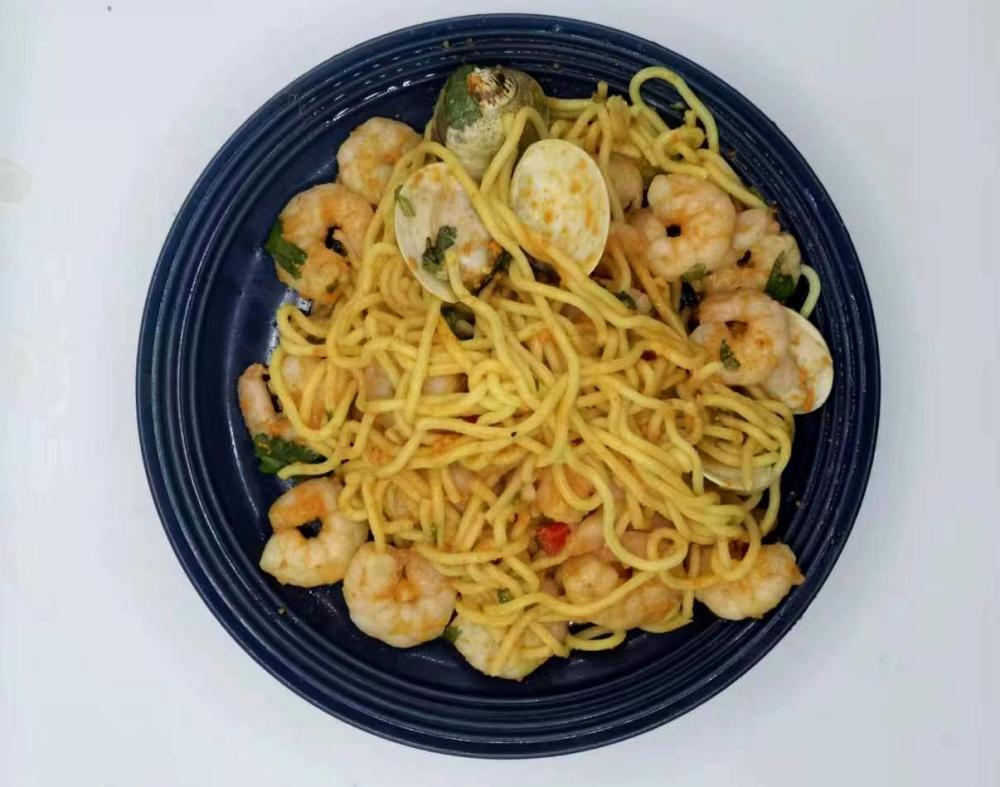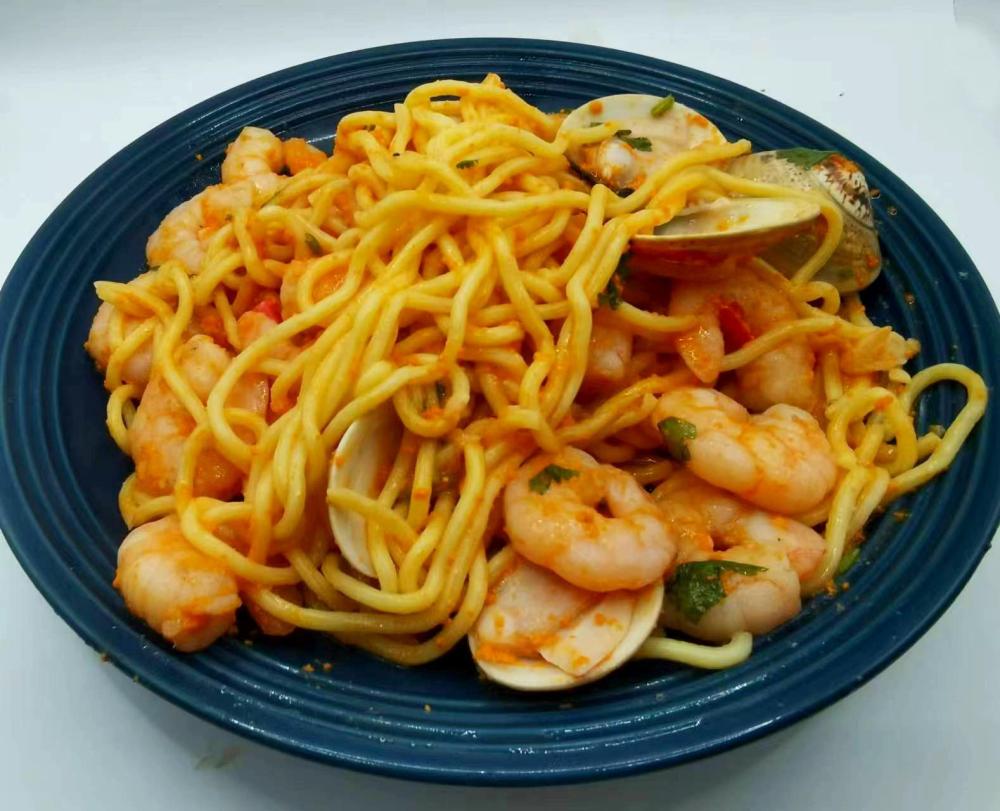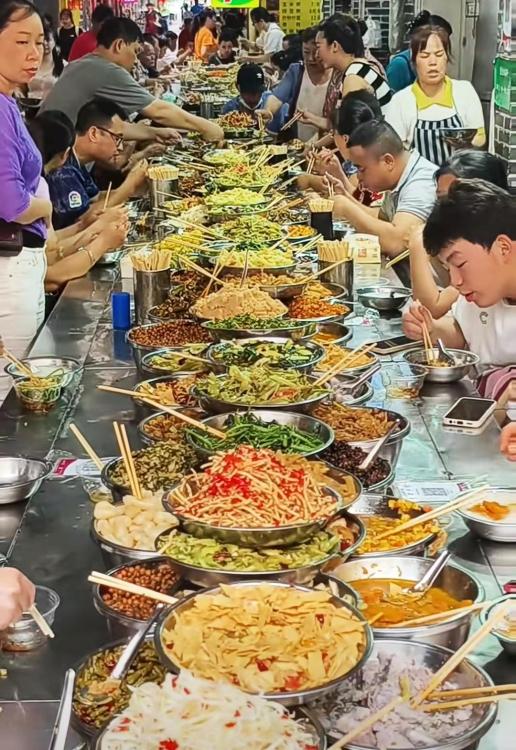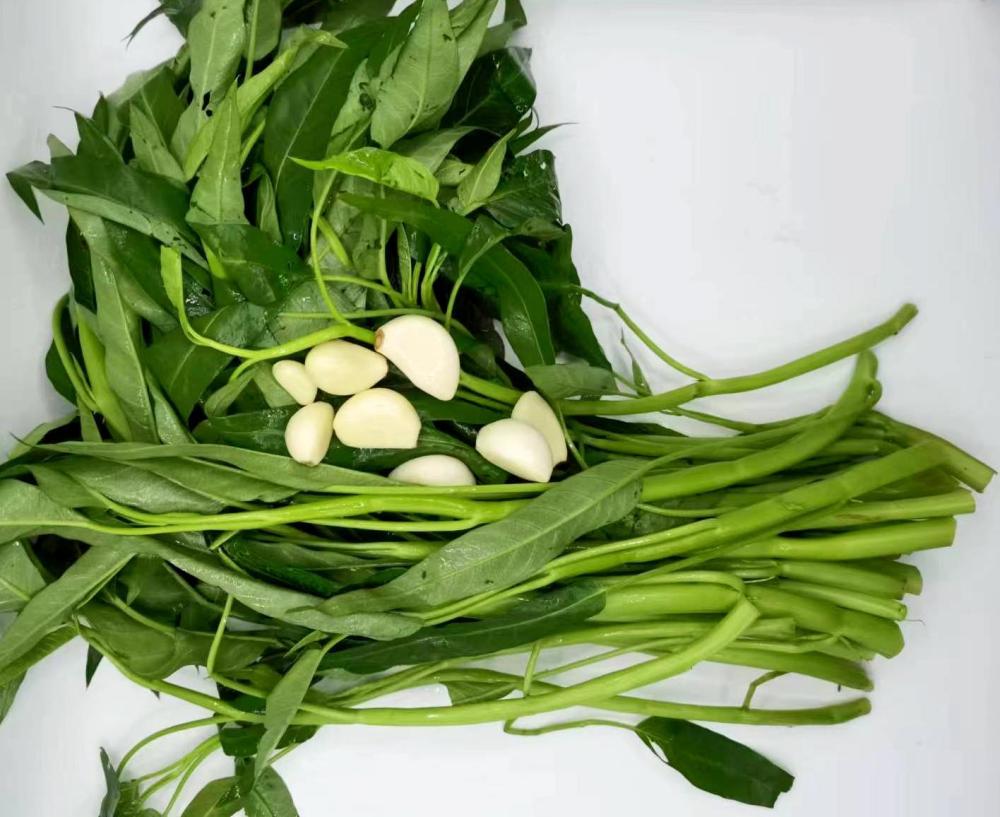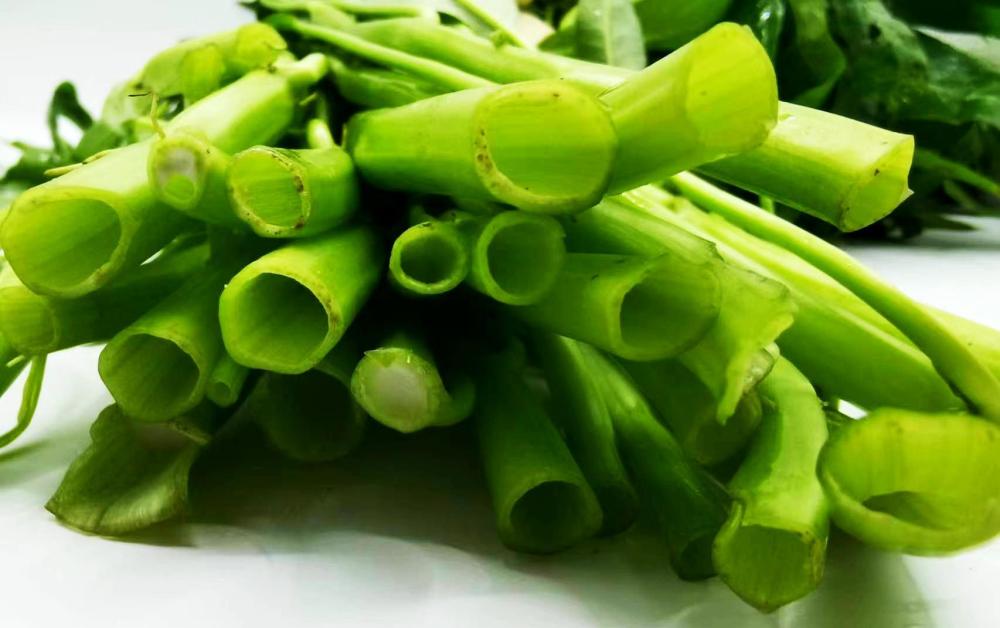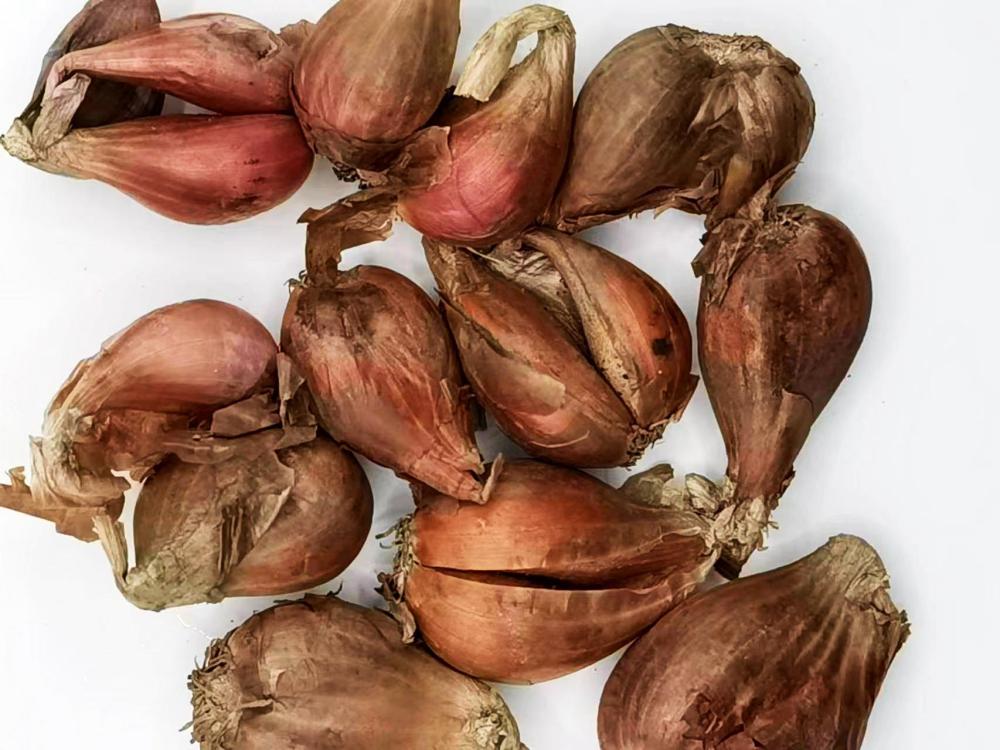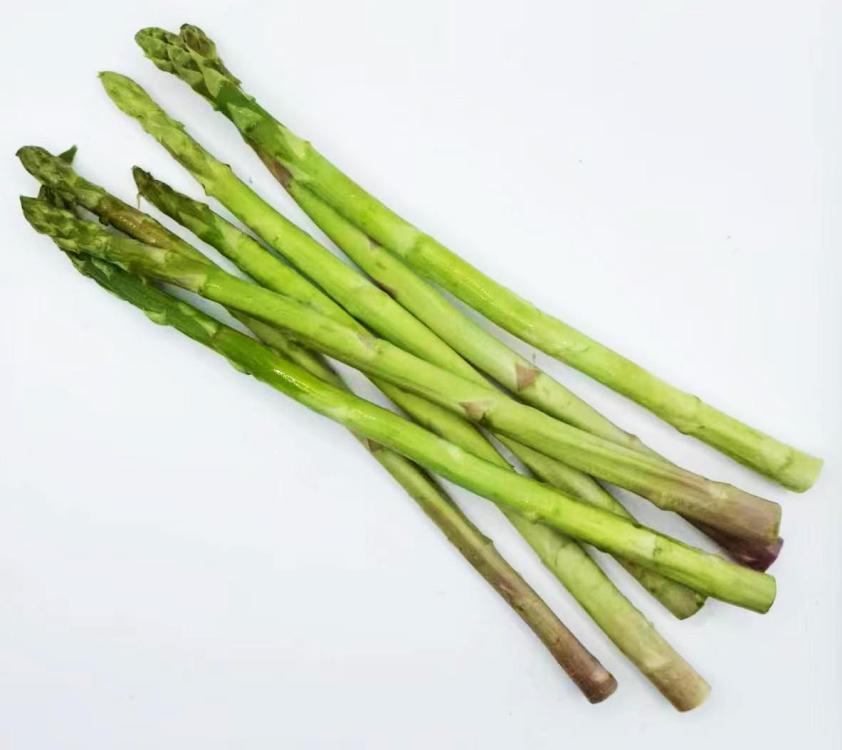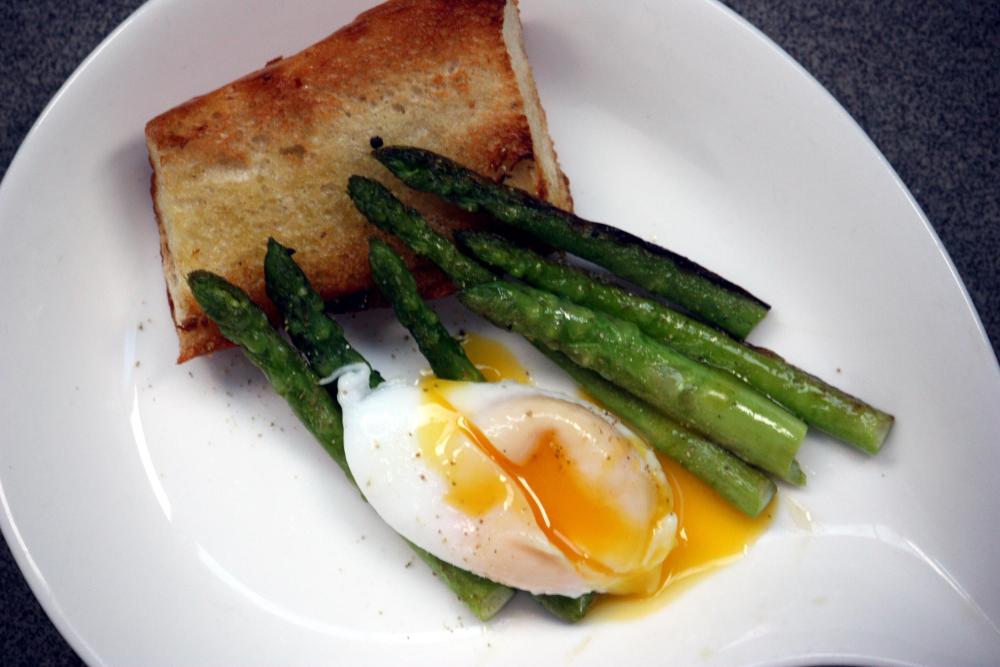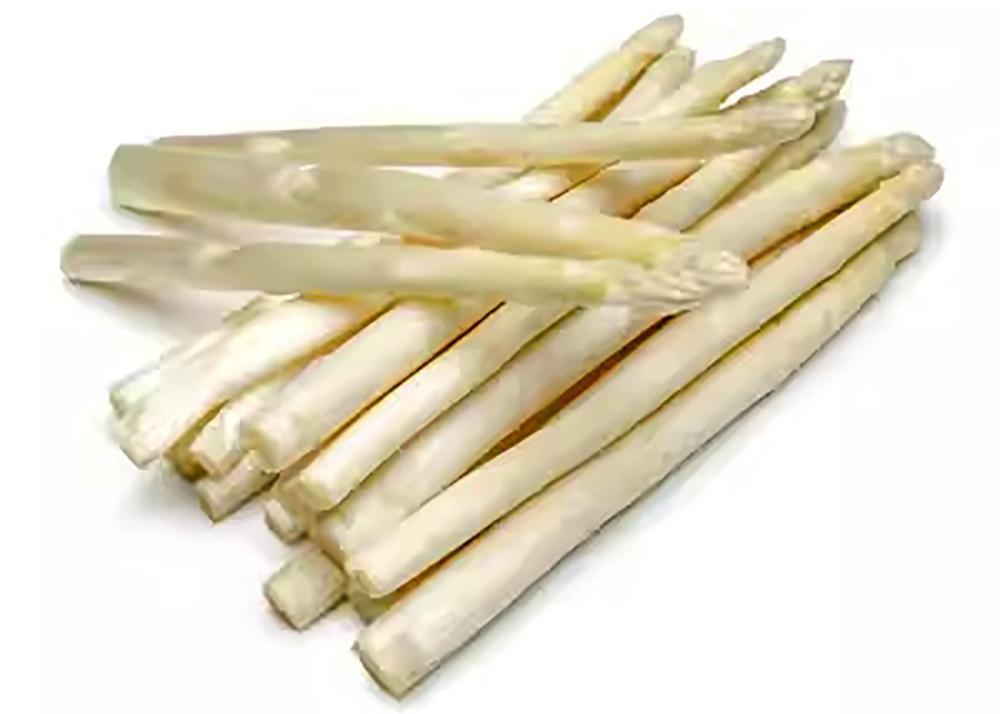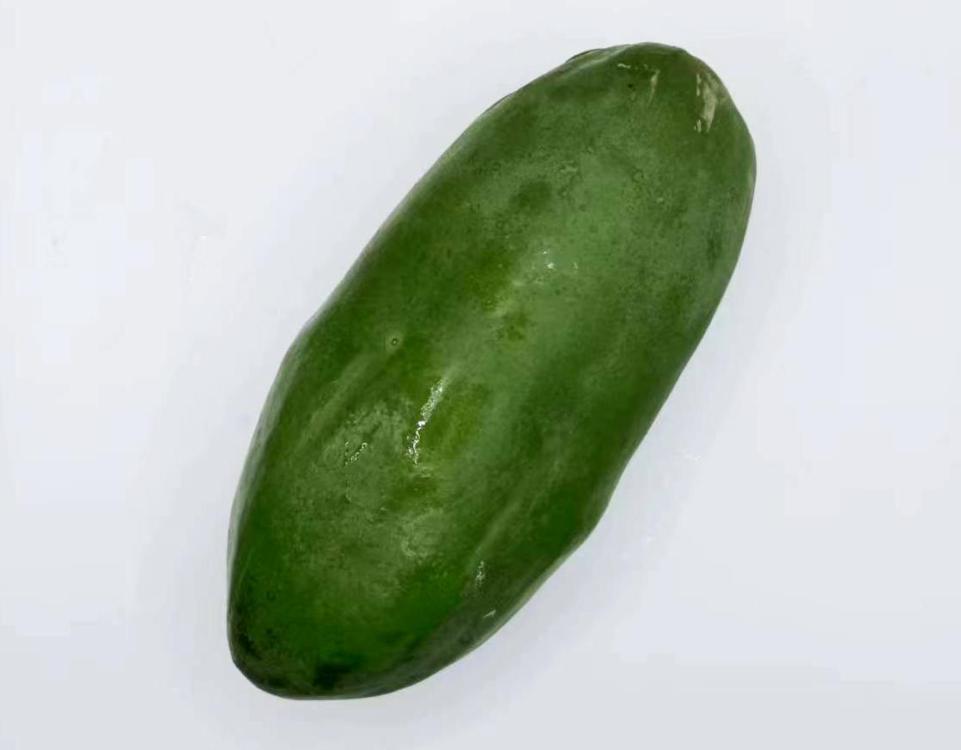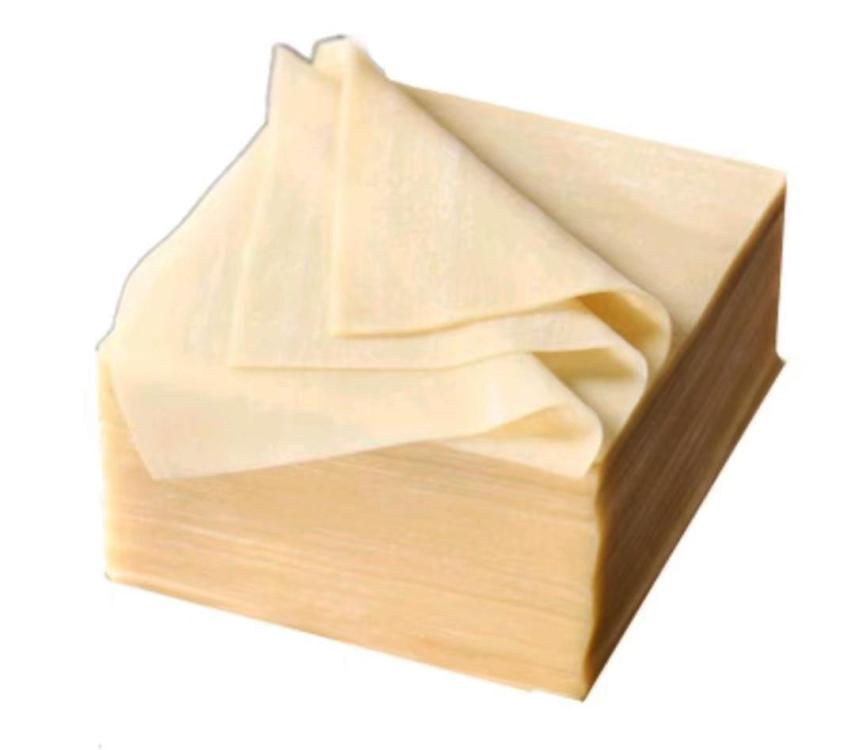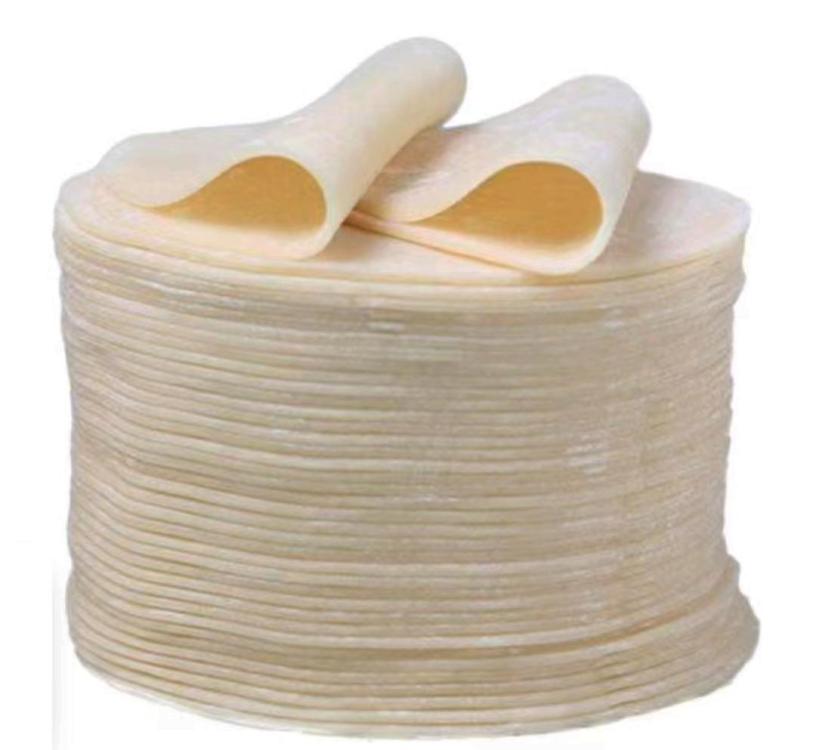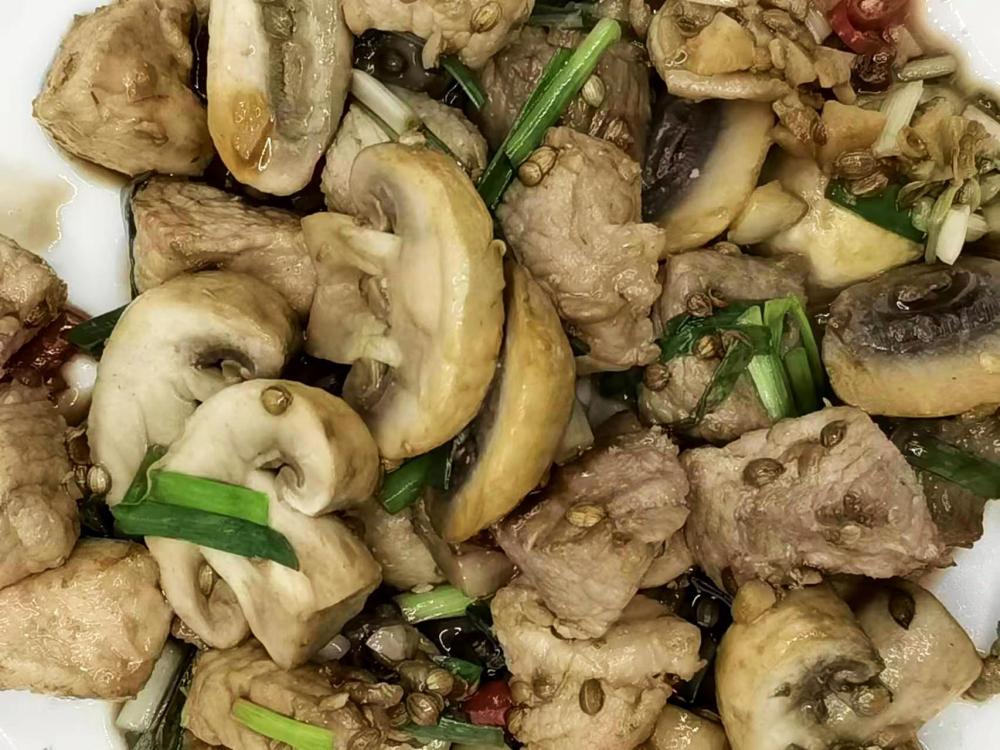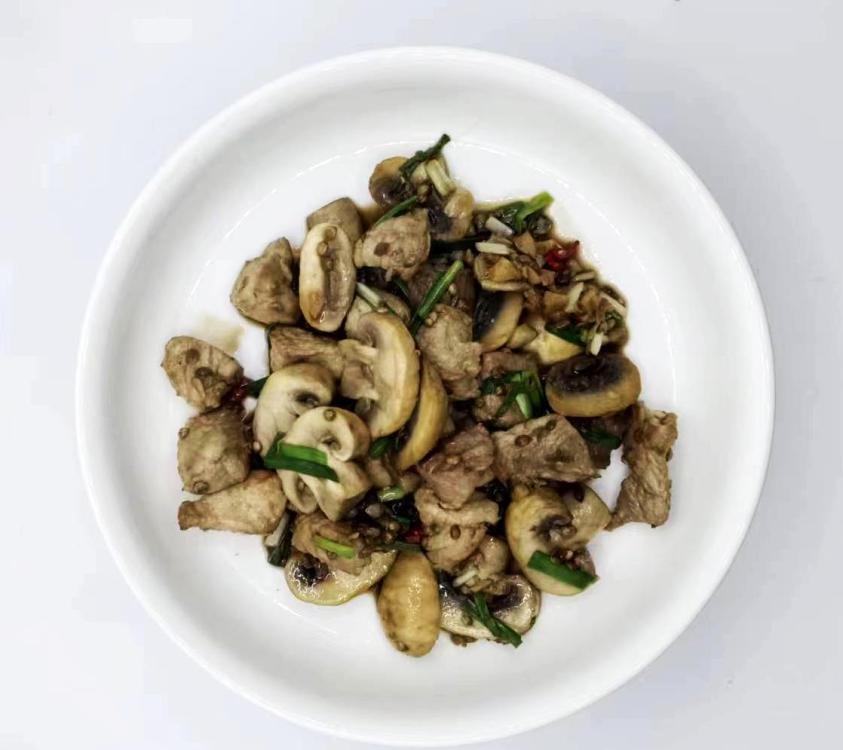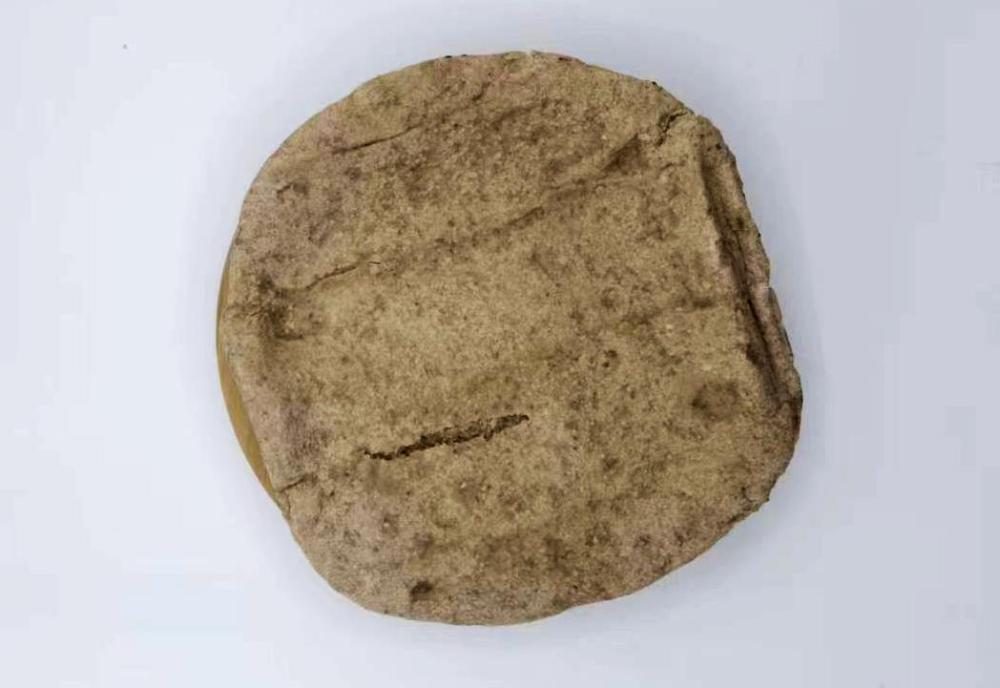-
Posts
16,679 -
Joined
-
Last visited
Content Type
Profiles
Forums
Store
Help Articles
Everything posted by liuzhou
-
-

A pictorial guide to Chinese cooking ingredients
liuzhou replied to a topic in China: Cooking & Baking
Yes, I remember that travelogue you did on your Beijing trip. I'm now thinking that a Donkey Roujiamo might be on the cards soon. Never tried that but see no reason why not. First, I'll need to clear out the freezer a bit though; I can only buy the asinine meat in packs of 1 kg and freezer real estate isn't up to it at the moment. -
My mother would have agreed on that!
-
You're welcome. Sounds very strange indeed. If it was intestines then it wasn't tripe. Not that I mind intestines, either. Anyway, thanks for the posts. Interesting reads, even though it's highly unlikely I'll ever get to San Diego.
-

A pictorial guide to Chinese cooking ingredients
liuzhou replied to a topic in China: Cooking & Baking
Here, for your edification, is what they call a 'donkey burger' around these parts, as mentioned above. Looks more like a bánh mì lừa (donkey banh mi) to me. Image: Meituan Food Delivery App -
-
US avocado inspectors stop work in Mexican state over ‘security situation’
-
Unfortunately the link goes to a page reading "Private Site - This site is currently private. If you’re the owner or contributor, log in." I never liked tripe (despite my mother's many attempts to convert me) until I ate it in China. I've since eaten it in Japan and Vietnam; maybe Thailand. I don't know how or why, but East Asia seems to do something else entirely with it.
-
No. They sit where you see them sitting. Wait staff bring them bowls of noodles in broth* and then they add ingredients of their choice from the dishes in the centre of the long table. These are repeated along the length of the table and are replenished as required. More broth is available on request. * The women in the striped apron top right of the image is bringing some one a bowl of noodles.
-
Is it? I can think of several things it wouldn't dice. How would that dice a potato? It works with onions because, as The Incredible String Band pointed out, onions have a layered structure, meaning they don't need cutting in three directions like potatoes etc. Potatoes need peeling, slicing, cutting into batons then making the cubes. That machine can't do at least one of these. Also, you need to cut the onion with a knife first anyway! I can do all the steps wiith a knife. Also again, with a knife, I have as many dice sizes as I need, not just two. And there is enough junk in my kitchen already, thanks. Pass.
-
I'm putting this here as it seems to fit and doesn't belong anywhere else. Nor do I think it deserves a new topic of its own. The 'all you can eat buffet concept' is universal I think, although I generally avoid it. You have no idea how long that food has been sitting there. But this Guangxi style AYCE restaurant here in Liuzhou seems to be doing just fine.
-
I dice often: onions, carrots, meats, potatoes and more. I mainly use a revolutionary, cunning new device - a cleaver. Sometimes, a chef's knife. Both are quicker than any machine I would have to get out of storage, set up, use, clean and re-store.
-
Some things I can only find from the delivery people rather than in the market or supermarkets. One is blood sausage, which I fancied this morning. I also ordered some clams and 芥菜 (jiè cài), which you probably know as gailan, the Canto-name. But that is not my point here. Along with my order came this large (250g), unexpected bunch of 空心菜 (kōng xīn cài, literally 'hollow heart vegetable'), water spinach or ong choy in Cantonese, rau muống in Vietnamese, and ผักบุ้ง (phak bung) in Thai. They also included some pre-peeled garlic cloves. I guess they have a glut of it. It is the most popular green vegetable here, so they may have overstocked. Anyway, thanks! You can see the 'hollow' hearts here.
-

A pictorial guide to Chinese cooking ingredients
liuzhou replied to a topic in China: Cooking & Baking
Here are some 小葱 (xiǎo cōng) or shallots I picked up this morning in the market. The skin looks a bit frazzled but they are fine inside. -
100g avocados here are around ¥8 each, which is the equivalent of $1.10 USD but then most are imported from Chile which is far away. They are beginning to be grown locally in Yunnan province which neighbours Guangxi where I am, but they are not plentiful, yet. I've only seen them once. I'm sure that will change.
-
For ส้มตำ (som tam), when you can cut or peel it without breaking your knife or peeler in half. The one I bought is literally rock hard, but should be OK after a day or two on the counter. It can be difficult to be sure, but if there is even the slightest give when you press it's good to go. I use a peeler to peel it (of course) but also to cut it into strips which I then pound to tenderize. This recipe is basically what I do.
-

A pictorial guide to Chinese cooking ingredients
liuzhou replied to a topic in China: Cooking & Baking
When I first arrived in China in 1996, asparagus was totally unavailable, to my distress. The eight and a half week long English asparagus season, traditionally between St George’s day on the 23rd of April through to the Summer Solstice on the 21st of June was the peak of my year before I moved. Still the best asparagus in the world. In London it is often known as ‘sprue*’, ‘grass’ or 'sprue grass' as well as its regular name, although when he was a child, my son insisted it was ‘sparrow grass’, a name which lingers in the family. We ate it almost every day when we could. When asparagus arrived in China a few years ago, no one knew what it was, but they decided it looks a bit like bamboo shoots (they are very imaginative), so called it 芦笋 (lú sǔn) which literally means ‘reed bamboo shoot’. Many still think it is a type of bamboo. At first, it was only available as fat, over-woody spears, but they learned to pick it earlier, although they still prefer the fatter ones. Pencil asparagus is rare in supermarkets but one vendor in my local wet market usually has it when in season. Still nowhere as good as English, though. Only about a year ago, did I find white asparagus - spargel and that was online. It is still only available that way. Not that it bothers me; I’ve never seen the attraction, although one German woman who was living here called me, almost in hysterics, demanding to know where I found it after I posted a picture containing it on Chinese social media. I don’t get it it, but was happy to tell her. The locals tend to stir fry it with garlic as they do with most green vegetables. I pan roast, steam or fry. Pencil asparagus I often eat raw. Breakfast * ‘Sprue was originally only used to describe low quality asparagus although by a process of linguistic amelioration is now used for all asparagus, at least in London. -
I picked myself up a nice 青木瓜 (qīng mù guā) today. 995g / 2lb 3oz of 'green tree melon' to give the literal translation. What you know as a green papaya, Carica papaya. Originally, native to Mexico and Central America, they are now widely cultivated across SE Asia and southern China. I feel a Thai (มะละกอ), Laotian ((มะละกอ), Cambodian (ប៉ាផាយ៉ា), Vietnamese (đu đủ) papaya salad in my near future. It's rock solid at the moment.
-

A pictorial guide to Chinese cooking ingredients
liuzhou replied to a topic in China: Cooking & Baking
I was asked earlier today (not here) what the difference is between jiaozi wrappers and wonton wrappers and thought I'd also put the answer here for anyone who doesn't know. Easy really. 饺子皮 (jiǎo zi pí), jiaozi wrappers are round and slightly thicker than those for wontons. Around ¥3 / $0.41 USD per 250g 馄饨皮 (hún tun pí) or 云吞皮 (yún tūn pí), wonton wrappers are square and slightly thinner than those for jiaozi. Around ¥4 / $0.55 USD per 250g Both are often sold for less than ¥1 / $0.14 as a loss leader by stores that offer delivery. Most people use these rather than makng their own. 皮 (pí) means 'skin'; not wrapper. -
One from the UK re sandwiches This is where some people find out that the sandwiches sold in different çompeting' major chains all come from the same factory. Full story and sandwiches concerned here.
-
I'm putting this here because a) it's a stupid idea and; b) it's not worthy of a dedicated topic. I just found that Subway, a company which specialises in exotic sandwiches from the deep depths of despair, has started a delivery service and is offering to send me their wares. From Beijing. Beijing is 1,885 kilometers / 1,171 miles away! They give me a choice of Colorful vegetable sandwich, Tuna sandwich, Roast Beef sandwich, Original cut chicken leg steak sandwich, Italian classic sandwich, Teriyaki Chicken sandwich, Turkey breast sandwich, Salami sandwich, Western ham sandwich, Five Black black pepper chicken sandwich, Black pepper thick cut steak sandwich, Dynamic fish Fish Shrimp sandwich, or Avocado shrimp bacon sandwich. Somehow these have all been carefully costed and are a mere ¥65.77 / $9.06 USD per sandwich, no matter what my choice. There is an additional charge of ¥23 / $3.17 for delivery irrespective of how many of these delights I require. No information is given on likely delivery time, but the usual motor cycle delivery would take days and the flight from Beijing is around 3 hours but getting to the airport probably longer. Are they insane? PS. I can buy a full three course meal for delivery in 20 minutes for around ¥25. PPS. I've spared you the pictures. Wouldn't want to put you off food for the week.
-
-

Chan Pei Mui 陳皮梅 (Chinese Preserved Plum Candy) Recipes?
liuzhou replied to a topic in China: Cooking & Baking
陳皮梅 literally translates as 'orange / tangerine peel plum'. 'Chan Pei Mui' is the Americanized Cantonese; in the much more common Mandarin it is 'chén pí méi'. 陳皮梅 is traditional Chinese as used in Hong Kong, Taiwan and much of the Chinese diaspora but in Simplified Chinese used in Mainland China (i.e. by 95% of the population) they are 陈皮梅. Searches under Simplified Chinese characters or the Mandarin pronunciation or other names may give more results. I don't have access to Google at the moment so can't check. A search on Baidu, China's main search engine produced plenty of information in Chinese (mostly advertisements) but no recipes that I could see in the first ten pages of results. That said, I've never heard of anyone making them at home here. Every corner shop has them. Good luck! -
Pork tenderloin cubed and marinated in olive oil, lemon juice, crushed coriander seeds, garlic, chilli and salt. Stir fried with button mushrooms . I served it (to myself) with some wholewheat pita bread that I bought. They were terrible. Dry and tasteless and didn't form pockets. They weren't pita at all, just stale flat bread. Lesson learnt. Didn't stop dinner being enjoyable, though.








